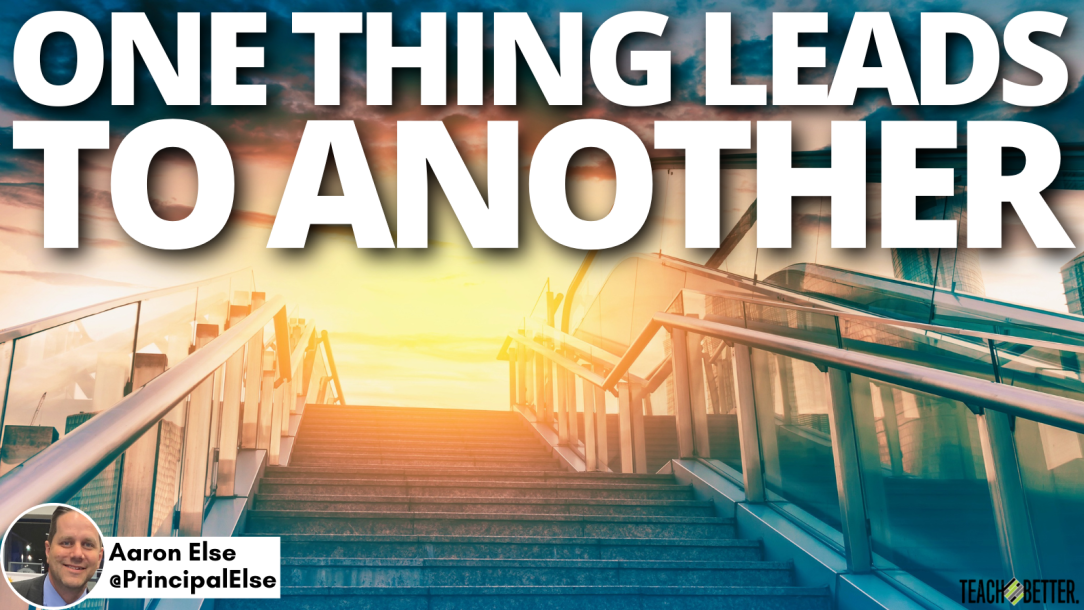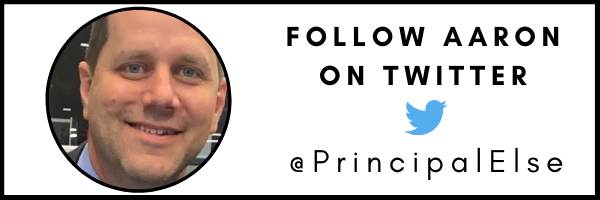TL;DR:
- In order for students to be college and career ready, they need to have soft skills.
- Like all learning, this does not happen overnight. It builds over time.
- Incorporate soft skills into your teaching at all levels.
One Thing Leads to Another
Recently, the job website CareerBuilder did a survey of employers on what they are looking for in new hires in 2022. An astounding 93% said they want to see soft skills on resumes. Soft skills, what are those you might ask? Communication skills, customer service skills, time management, project management, analytical thinking, flexibility, and problem-solving all fall into this category of “soft skills.” According to Kristin Kelley, CMO at CareerBuilder, “in general, communication is high on that list as people are working in very different situations, hybrid situations.”
Some feel the development of soft skills falls to higher education. However, higher education wants students who come to them with these skills. In a May 2021 article on The College Post, they talked to admissions officers around the country who wanted students who show passion and creativity and had reference letters that point to their problem-solving ability and ability to collaborate with others. So higher education wants students who have these skills PRIOR to coming to them.
If we want students to have soft skills in high school and college, we have to start when they walk in the door at our elementary schools. Click To TweetSo then it must fall to the high schools then, right? Yes, and no. While high school students will grow in their “soft skills,” we can’t put the development of these skills solely on the shoulders of teachers who have students for 45-minute chunks of time. We have to start earlier, just like any skill we have to start when they are young. If we expect kids to take calculus in high school, we have to teach them counting in preschool. If we expect kids to write incredible college essays, we have to teach them letter sounds in kindergarten. And if we want students to have soft skills in high school and college, we have to start when they walk in the door at our elementary schools.
How? How do we do this when they are five years old?
At my school, we do this naturally every single day. We are set up in a house format. We have three “houses” and in each house, we have students K-5. Kindergarten is next to first grade which is next to second grade and so on until 5th grade. We expect our students to interact, collaborate, play, joke, and build relationships across K-5. We want them to work on projects together and communicate together. For our older students, we want them to lead our younger students.
We want them to take things in the real world and work together to solve those real problems together. Even if they don’t solve the problem, the struggle, grit, and learning that takes place are worth more than any worksheet you can put in front of them.
Project or challenge-based learning are great tools, and there are countless ways to incorporate this in your classroom. At my school, we incorporate The Amazing Shake to build our soft skills that bring in businesses such as Southwest Airlines, Toyota, and Dell Computers. Students have to put their skills on display and get scored on how they do. The Amazing Shake allows them to test what they can do at this age, and it is incredible to see.
[scroll down to keep reading]
Bringing Soft Skills Into Your Classroom
However, you don’t need to bring in big companies to teach soft skills or create your own competition. You can do it all by yourself with your students.
Allow your students independent study time to create their own learning based on their own interests. Give them the freedom to chase more about a topic that you recently discussed in class. Just think about how this would allow students to extend their learning, and how learning about life cycles could allow them to find interest in the migratory path of monarch butterflies. Perhaps that leads to a great study of insects, which could lead to students learning about the environmental impact on bees. Then have them work on their soft skills, but contact local environmental agencies on ways they can help. This real-world impact is so much greater than what is in any textbook.
Give students time to explore, challenge, and develop their soft skills. What they do next could be incredible.
You won’t know until you try.
One thing leads to another. What’s next for you?
About Aaron Else
Aaron Else is an enthusiastic optimist entering his 22nd year in education. During his time in education, he has taught 1st, 2nd, and 5th grades. He has worked in administration for the past 14 years with the last 8 as principal at Hosp Elementary in Frisco ISD. Aaron is married to Heather, and they have five kids combined and two dogs. He loves to read, work out, and watch sports.



